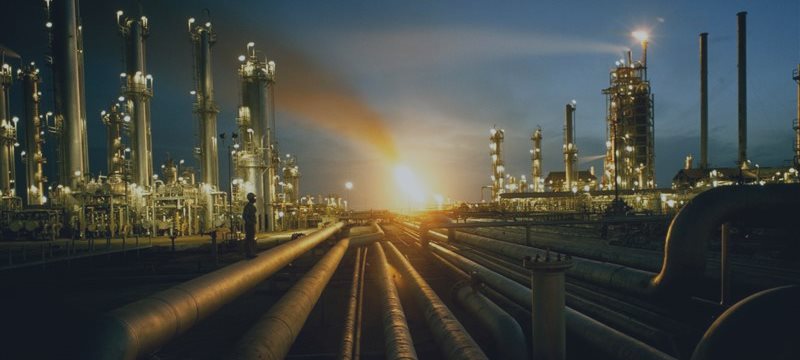
A battle for oil market share between OPEC and non-OPEC members is just beginning, the International Energy Agency said on Wednesday.
Oil prices have dropped since June amid a
glut in oil production driven by booming U.S. output and poor
demand. The market position of some of the
world's largest oil producers got under the danger, driving a struggle for market share. The collapse was marked by the Organization of the Petroleum Exporting Countries'
controversial decision not to cut production in the face of falling prices. The strategy, launched at the group's last meeting in
November, sent a strong signal
that the producer group wouldn't prop up the market on behalf of its
competitors spurring the decline in oil prices.
The Paris-based energy watchdog said in its monthly oil report that OPEC's tactic is somehow working. U.S. shale oil producers have undergone months of cost-cutting that has hampered their increase in production. The IEA expects U.S. shale oil output growth to slow by 80,000 barrels a day this month.
Other non-OPEC producers meanwhile keep producing oil. Russia's output surged surprising 185,000 barrels a day year-on-year in April and
Brazilian production was up 17% in the first quarter, the IEA said.
Production in China, Vietnam and Malaysia has also shown
persistently strong growth.
The agency estimates Chinese oil production will increase by 100,000 barrels a day this year to 4.3 million barrels a day. A recent jump in oil prices could also give U.S. shale oil producers a fresh lease on life.
Thus, the agency concludes it would be premature to suggest that OPEC has won the market share, but the battle, rather, has just started. OPEC's November decision not to cut output in defense of prices was only "the first step in a plan that includes actually ramping up output and aggressively investing in future production capacity," the IEA said.
The IEA raised its forecast of 2015 non-OPEC production growth by 200,000 barrels a day to 830,000 barrels a day.
To date, the cartel demonstrates no signs of a shift in its current strategy. In April its output rose to 31.2 million barrels a day, its highest level since September 2012 and an increase of 1.4 million barrels a day compared with a year earlier, the IEA said.
Kuwait, Saudi Arabia and the United Arab Emirates are all expanding their drilling programs, while non-OPEC producers cut costs. Iraq's oil production hit its highest level since 1979 in April and Iranian supplies hit their highest since July 2012.
The aggressive push to increase output flies in the face of the IEA's forecast of demand for OPEC's oil, which it lowered by 300,000 barrels a day in response to higher expectations of non-OPEC supply. It sees demand for OPEC's oil at 29.2 million barrels a day this year, well below the group's current production levels. OPEC itself, on the other hand, raised its expectations of demand for its oil earlier this week to 29.3 million barrels a day.
Analysts now highly expect OPEC's semi-annual meeting due in June. Ministers from the member-states will discuss the oil market and if the cartel should adjust its production to influence its direction. The meeting will include backroom discussions with non-OPEC members like Russia this time. In the past, Saudi Arabian and OPEC officials have signaled that they might consider cutting production if other large non-OPEC producers would do so too.


